By Joe Smith, ornithologist and restoration ecologist
I recently came across a 1952 LIFE magazine article profiling a group of falcon banders working on Assateague Island, Maryland.
Along with the article is a series of striking photos of the banders and their lifestyle on the coast.
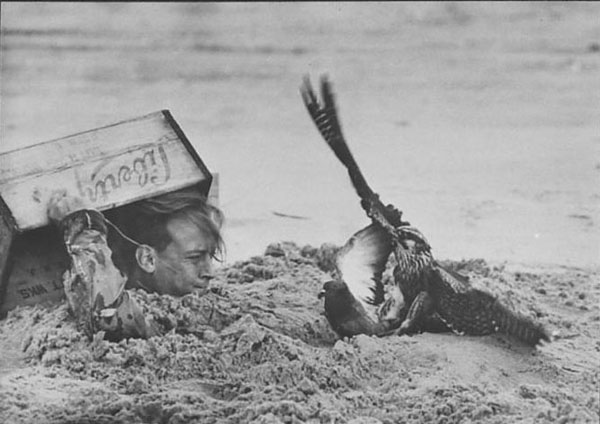
Their strange capture technique required one person to be buried up to his neck in sand, with a crate over his head for concealment. The buried person held on to a string that tethered a pigeon “lure” bird. Once a falcon attacked the pigeon, the string would be pulled close enough for the buried trapper to reach out and grab the falcon’s legs.
These days there are less intimate ways of catching hawks and falcons, but the tradition of trapping them on the east coast in fall during migration continues on in such places as Cape May, NJ and Kiptopeke, VA.
Both of the trappers featured in this LIFE article went on to make important contributions to raptor conservation (Halter Cunningham and Brian McDonald). They witnessed the worst of times, as the falcons they were banding in 1952 were part of a dwindling population that succumbed to the ravages of DDT pollution.
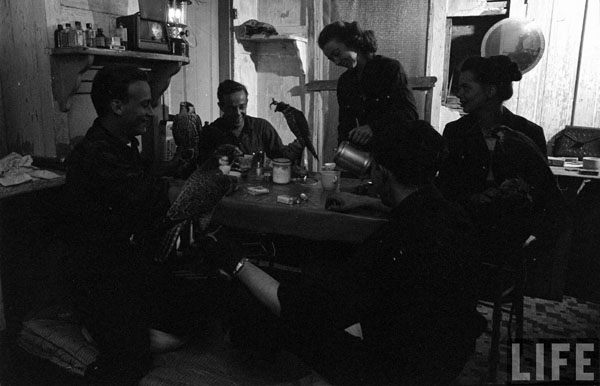
Ten years after this article appeared in LIFE magazine, Rachel Carson’s Silent Spring was published. This book brought attention to the environmental crisis DDT was causing. Today’s banders are catching falcons that are part of thriving populations restored by the efforts of many individuals and organizations over the decades since DDT was banned.
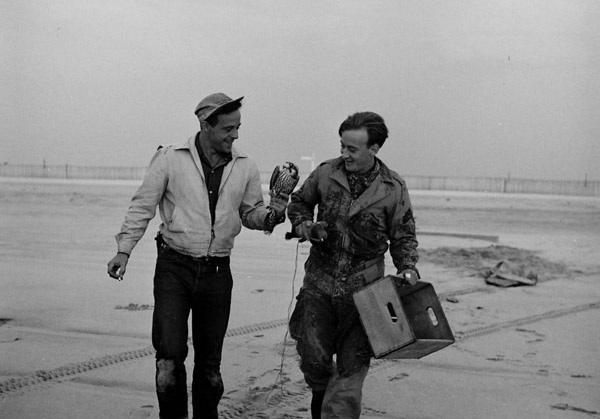
The original Life article offers a fascinating look into bird conservation in the 1950s, and you can also check out more photos from the article on google images.
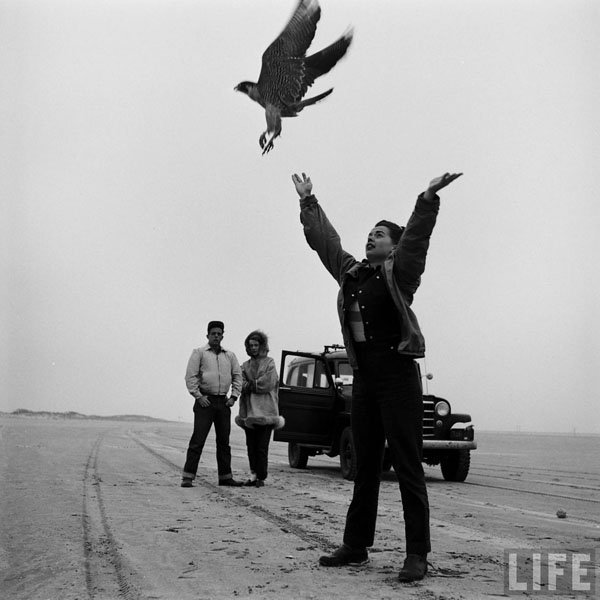
Opinions expressed on Cool Green Science and in any corresponding comments are the personal opinions of the original authors and do not necessarily reflect the views of The Nature Conservancy.
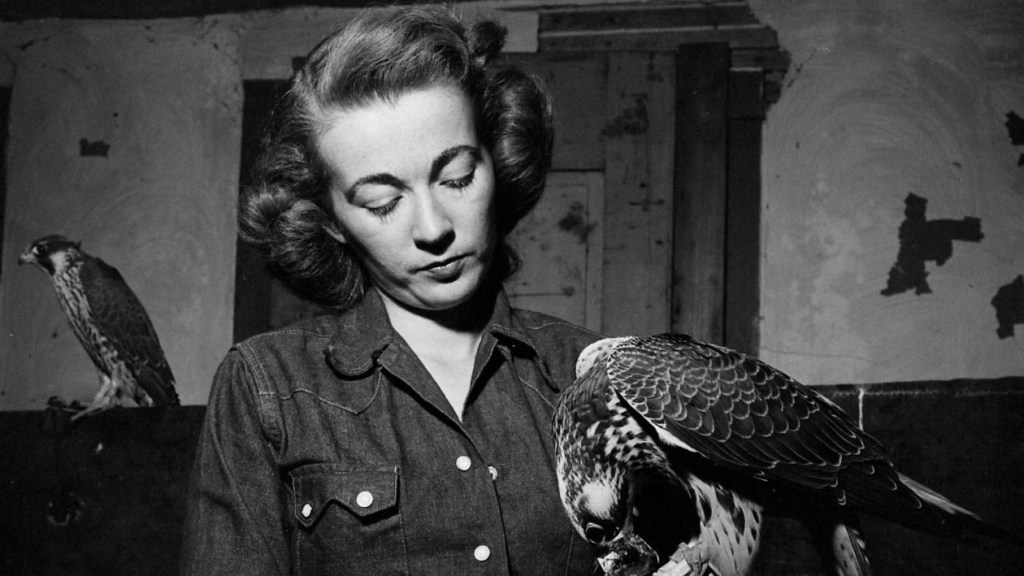



A standardized peregrine falcon survey has been conducted at Assateague Island since 1970, and our 50th annual survey is upcoming. We have expended over 20,000 man-hours in observing around 20,000 peregrines and capturing 5,746. Operating from our not-for-profit (www.earthspan.foundation) we have defined migration routes and critical habitats through satellite tracking and investigated contaminants and emerging pathogens through blood and feather sample analyses. Brian McDonald (1927-2018) visited and assisted us on the survey for many years, and you can read more about him at http://www.earthspan.foundation/about-us-2/in-memoriam/brian-mcdonald/.
Hi Sara,
Thanks for writing. The information from this post came from the original Life magazine article, which featured two researchers, both of whom happened to be male. I am sure that is also reflective of the time, when women were often actively discouraged from science careers and their contributions downplayed. For perspective on what it was like to be a female field biologist in that time period, I would highly recommend the books of Frances Hamerstrom, especially Is She Coming Too? and My Double Life: Memoirs of a Naturalist.
The “Mad Men” in the title was in reference to the television show and its sense of style, and was not meant by the author to be exclusionary in any way. Thanks.
Thanks Matt, I appreciate the followup. I know too well the obstacles that confronted women in the past, and in many ways confront them now, in pursuit of a career in science. Let’s not gloss this over, or fail to call it out whenever we see it.
There are quite a few women pictured with this story, yet they and their contributions (other than Rachel Carson, who is not pictured) are not mentioned anywhere.